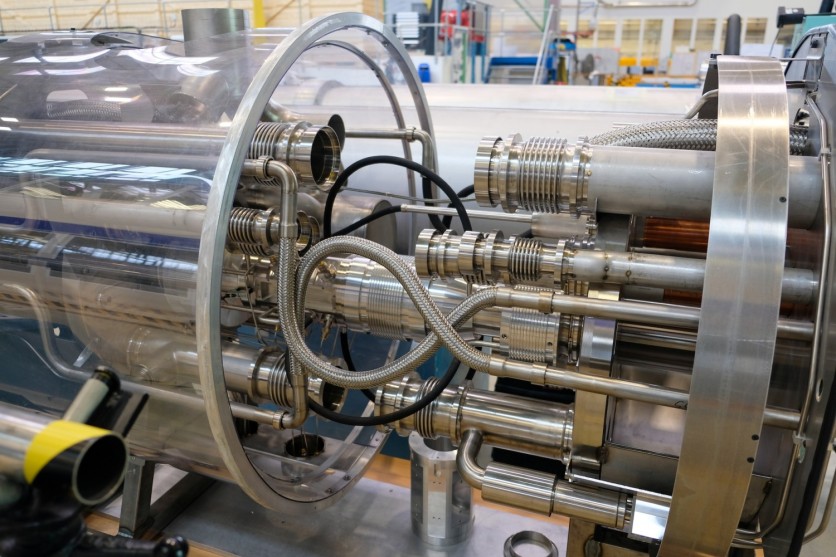
A team of physicists tested how an antimatter behaves when it interacts with gravity.
For nearly a century that people know about antimatter, it's only recently that experts discovered that it can react similarly to ordinary matter when exposed to the gravitational pull.
Interesting Finding About Gravity's Effect on Antimatter
According to Gizmodo, researchers at the Antihydrogen Laser Physics Apparatus (ALPHA) at CERN have reached a remarkable milestone. By closely examining antihydrogen, which is like a mirror version of regular hydrogen, they discovered surprising stuff about antimatter.
The game-changing experiment was discovered to support Einstein's Weak Equivalence Principle, which was included in the General Theory of Relativity.
According to this principle, when things are affected by gravity and start to fall, it doesn't matter what those things are made of; they all fall the same way. It's like gravity treats everything equally.
Antimatter, though mysterious in its properties, is not as elusive as it might seem. It possesses mass, but its existence is exceedingly rare when juxtaposed with the abundance of regular matter that populates our universe.
The connection between inertial mass encoded in particle physics and gravitational mass addressed in Einstein's theory has been a long-standing enigma in modern physics.
Related Article : Scientists Harvest Hydrogen From Discarded Plastic, Turning Waste Into Clean Energy
The Antimatter Experiment: Modern Galilean Tale
The journey to test how gravity interacts with antimatter commenced in 2018 with the construction of ALPHA-g, a magnetic trap designed specifically for antihydrogen atoms.
This innovation created a mechanism to suspend and subsequently release antimatter particles within a magnetic trap, akin to Galileo Galilei's legendary Leaning Tower of Pisa experiment.
To facilitate precise observations and measurements, the researchers employed a technique to cool antihydrogen particles to temperatures approaching absolute zero.
This cooling process allowed the scientists to meticulously examine the particles, which, in the world of quantum physics, emphasized the crucial importance of extended observation periods for enhancing measurement precision.
As the chilled antihydrogen particles exited the magnetic trap, they entered a vertical vacuum chamber, where contact with the chamber's walls or ends constructed from regular matter-led to the annihilation of these antimatter entities.
The research team adjusted the magnetic field's strength to test the behavior of these particles, and the results provided an intriguing insight.
When the magnetic fields were finely balanced on both sides of the chamber, approximately 80% of antihydrogen particles plummeted toward the bottom of the trap. In essence, gravity was their guiding force.
Corroborating Einstein and the Standard Model
The observed influence of gravity on antimatter signifies a vital confirmation of both Einstein's General Theory of Relativity and the standard model of particle physics.
While the precise measurement of gravitational acceleration on antihydrogen remains a subject of future investigation, the foundations have been laid for further experiments employing even colder atoms to refine our understanding of the Weak Equivalence Principle.
However, the mysteries continue in quantum space, where the influence of gravity, as currently understood, appears to wane.
"In modern physics, inertial mass is encoded in the standard model of particle physics, whereas gravitational mass is dealt with in Einstein's general theory of relativity," Anna Soter, a physicist at ETH Zürich wrote.
The research titled "Observation of the effect of gravity on the motion of antimatter" was published in Nature.com.





